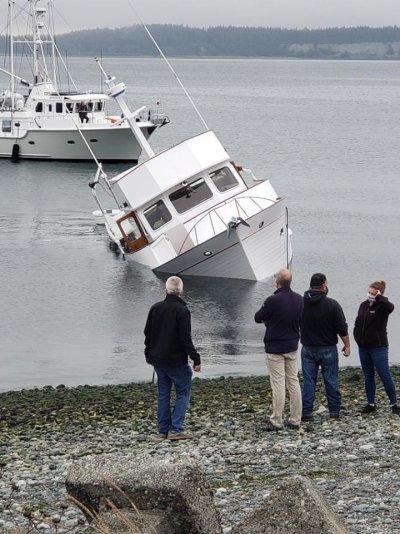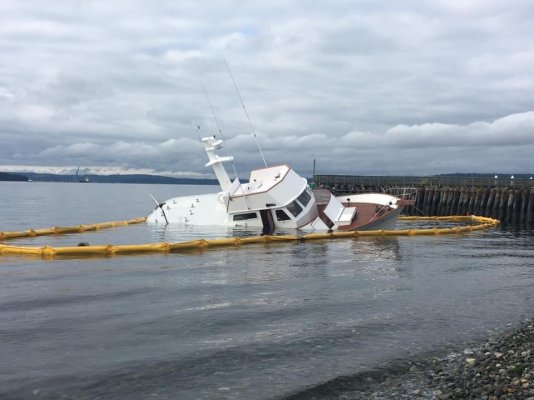wkearney99
Guru
- Joined
- Feb 17, 2018
- Messages
- 2,164
- Location
- USA
- Vessel Name
- Solstice
- Vessel Make
- Grand Banks 47 Eastbay FB
Came across this elsewhere online. This is all I've been able to find out about it.
marinetraffic and fleetmon don't show AIS for anything other than an 'EJFR SAR' vessel in the area. Which I'm assuming means East Jefferson Fire and Rescue.
Thoughts and prayers to the owners of this nice looking trawler, currently dealing with sinking just off Point Hudson in Port Townsend
marinetraffic and fleetmon don't show AIS for anything other than an 'EJFR SAR' vessel in the area. Which I'm assuming means East Jefferson Fire and Rescue.
Attachments
Last edited:



